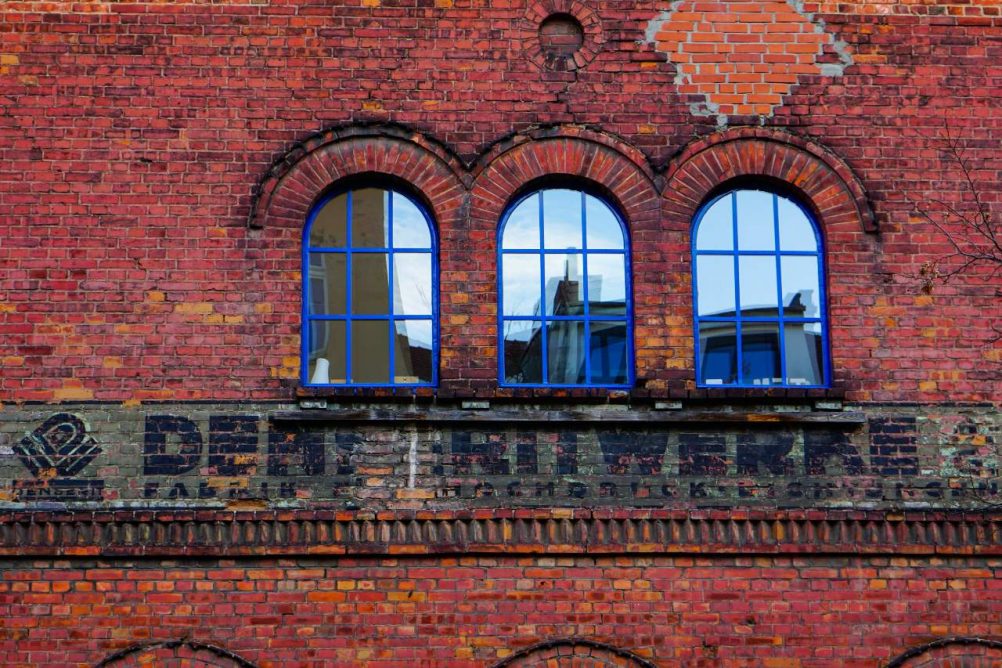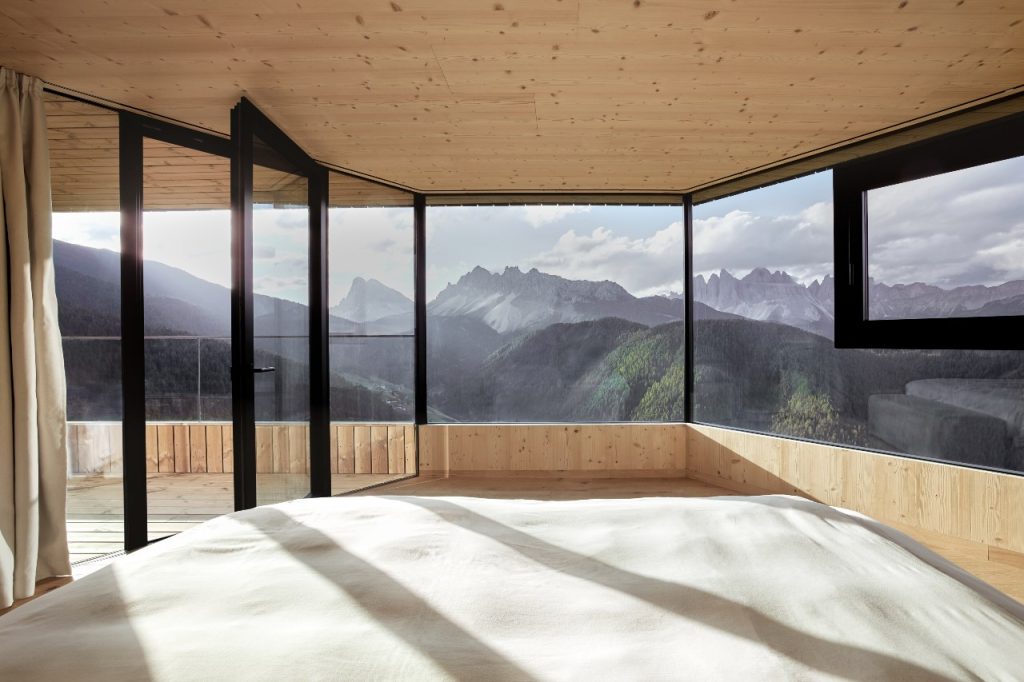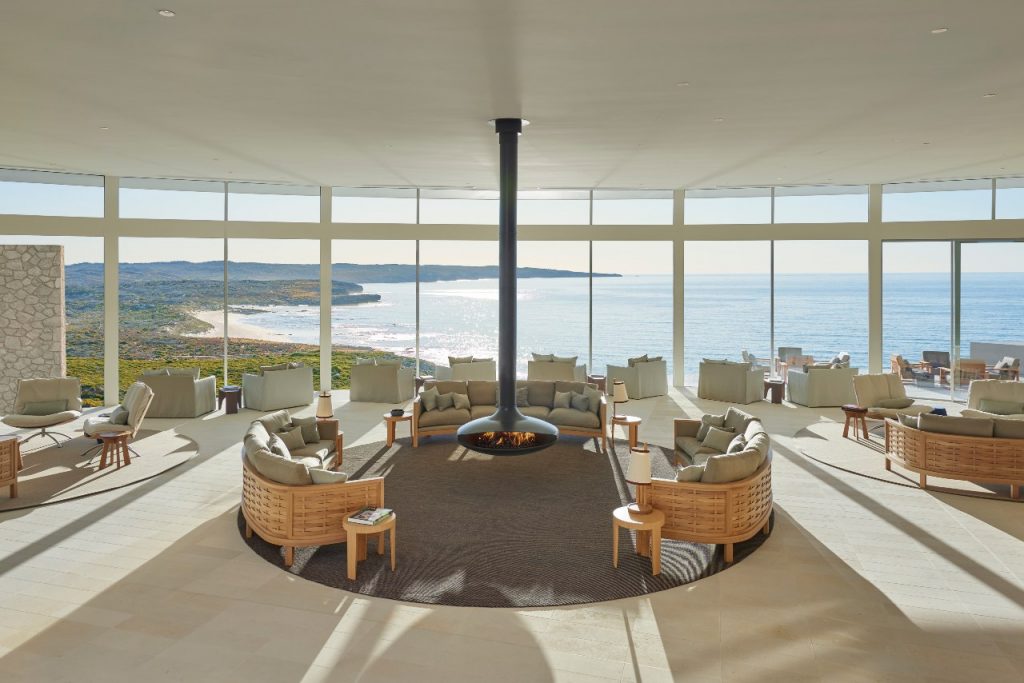A guide to Berlin’s best neighbourhoods
From street art to world-class galleries and zero-waste food, discover the best of Berlin.
Words by Ute Junker
Photos supplied
From elegant belle epoque buildings to graffitied tenements, baroque palaces to vegan diners, the city offers a smorgasbord of experiences – and some of the best can be found in just three central neighbourhoods.
The neighbourhood: Kreuzberg
The vibe During the long decades when the Berlin Wall loomed high above it, Kreuzberg was considered one of West Berlin’s least desirable neighbourhoods. The immigrants and alternative lifestylers who took advantage of the cheap rents created a unique community that, despite creeping gentrification, remains one of the liveliest in the city.
Don’t miss The unpredictability of Kreuzberg is part of its charm. Vintage shops, community gardens and cheap eats sit alongside attractions such as the Berlinische Galerie, with its superb collection of modern art, and the Kunstquartier Bethanien, a grand 19th-century hospital repurposed as a cultural centre. Fuel up at the lovely Markthalle IX covered market, take a walk in the pretty Bergmannkiez area, or come face to face with history at one of the city’s few remaining watchtowers, where East German border guards armed with machine guns once kept watch.
Where to eat Helmed by one of Berlin’s pioneering chefs – and a local boy to boot – Restaurant Tim Raue has scored two Michelin stars for its refined Asian-inspired cuisine. Raue was offering a vegan set menu way before plant-based cuisine was thing, and his dishes are also gluten- and dairy-free.
Culture hit Kreuzberg is home to some of Berlin’s most famous street art, including striking large-scale murals by the likes of Blu, ROA and Victor Ash. A different yet equally striking art experience is found at the König Gallery, housed in a deconsecrated Brutalist church.
Take a tour Join Berlin on Bike’s Alternative Berlin cycle tour to discover hidden corners of Kreuzberg as well as the neighbouring areas of Prenzlauer Berg and Friedrichshain.
Where to stay Light-filled, boho-chic rooms are part of the lure at Orania.Berlin. Equally enticing are the bar, which hosts nightly jazz and classical performances, and the excellent restaurant.
The neighbourhood: Charlottenburg
The vibe Known for its elegant architecture, this west Berlin neighbourhood was the most exciting part of town during the roaring 1920s. In the early years after reunification the spotlight shifted to the city’s eastern half but now the City West district has got its mojo back in a big way.
Don’t miss Charlottenburg is home to some big-ticket sights including Berlin’s loveliest palace, Schloss Charlottenburg, its most famous shopping street, the Ku’damm and one of its most moving monuments, the ruined silhouette of the Kaiser Wilhelm Memorial Church. You can also catch an outdoor concert in the Waldbühne amphitheatre set amid the trees or take a guided tour of the stadium built for the 1936 Olympics, now home to the city’s top football team, Hertha Berlin. The area’s distinctive architecture ranges from belle epoque mansions to 1950s’ modernist classics such as the Bikini Haus and the Zoo Palast.
Where to eat The food hall at Berlin’s most famous department store, KaDeWe, is the place to go whether you are looking to dine in or take something home: its offerings include more than 1,300 types of cheese and 3,400 wines.
Culture hit Photography fans can check out the cutting-edge exhibitions at C/O Berlin (co-berlin.org) or head to the Museum für Fotografie which focuses on the masters of the medium.
Take a tour Immerse yourself in the stories of Berlin’s Roaring Twenties on a tour with Arne Krasting of Zeitreisen. Krasting, who acted in the Babylon Berlin TV series, leads tours to the era’s hotspots.
Where to stay If you love a hotel that feels more like a private residence, Hotel am Steinplatz is for you. Set on a leafy square in a period building with Moorish arched windows, this welcoming hotel also prides itself on superb service.
The neighbourhood: Mitte
The vibe Mitte sprawls over large swathes of central Berlin but the most exciting area flows out from the Hackescher Markt, where cutting-edge shops and galleries meet period architecture.
Don’t miss The scenic courtyard complexes crammed with stores and restaurants are a distinctive feature of the area: check out the Heckmann Höfe with its pretty plantings and the art deco Hackesche Höfe. Augustrasse and Linienstrasse are lined with intriguing galleries and boutiques, while the area’s long Jewish history is evident in the magnificent synagogue on Oranienburger Strasse and in the old Jewish cemetery on the Grosse Hamburger Strasse.
Where to eat Berlin’s vegan dining scene is booming and Frea is one of the best-known restaurants. Frea’s zero-waste philosophy means that farmers have to deliver their produce with no packaging whatsoever; in return, Frea composts its food waste and delivers it to the farmers.
Culture hit Just a few minutes walk from the Hackescher Markt is Museum Island, Berlin’s greatest concentration of museums. When you are done with the old favourites (check out the new extension at the Pergamon Museum), walk just a little further to visit the new Humboldt Forum, home to the city’s Ethnological Museum and its Museum of Asiatic Art.
Take a tour To ensure you hit the highlights, take a district tour with a certified guide arranged through Visit Berlin: hallo@visitberlin.de
Where to stay If you like a bit of room to spread out in, the expansive rooms at the stylish Adina Apartment Hotel Berlin Hackescher Markt are calling your name. They even come equipped with washing machines.



